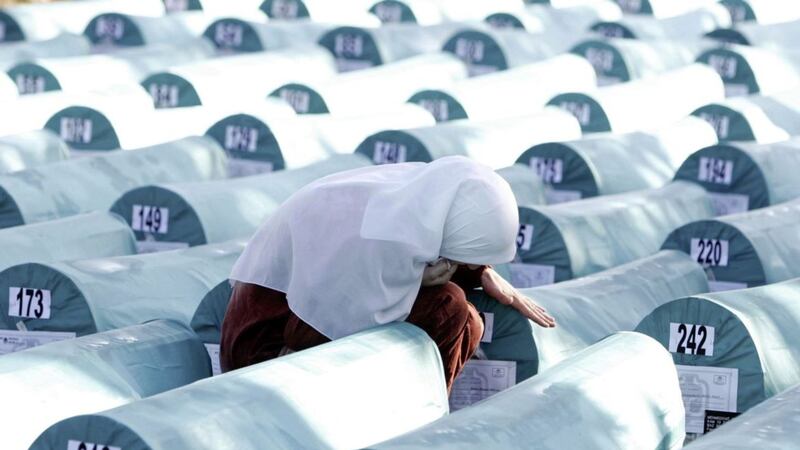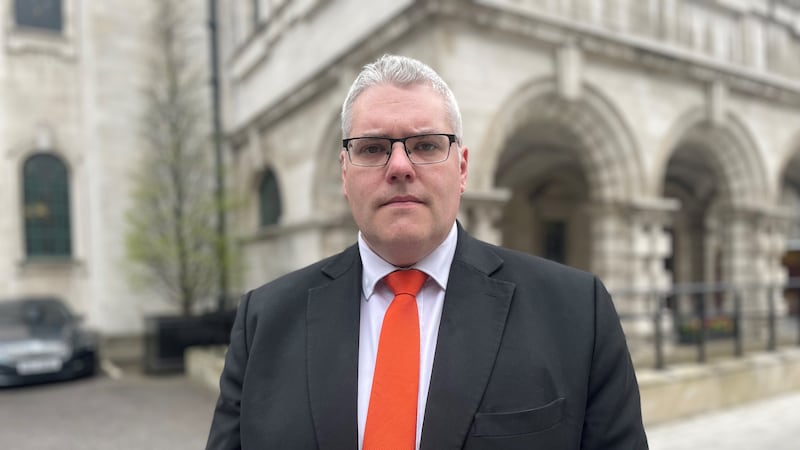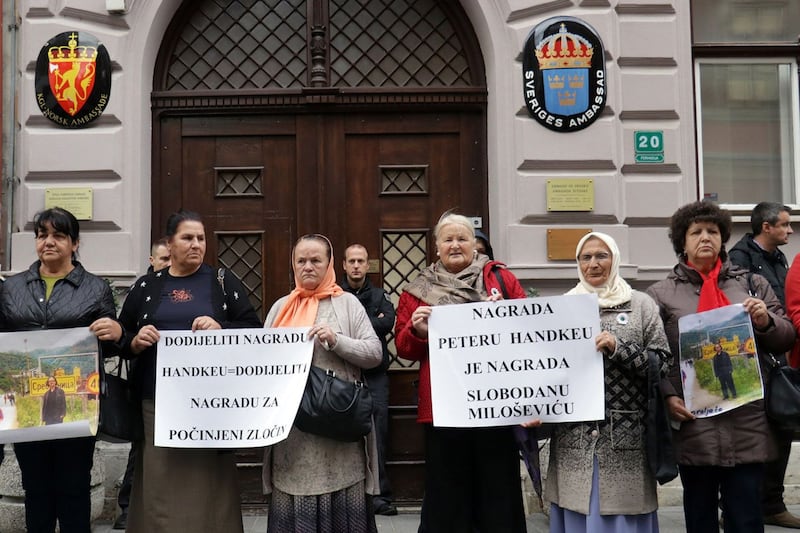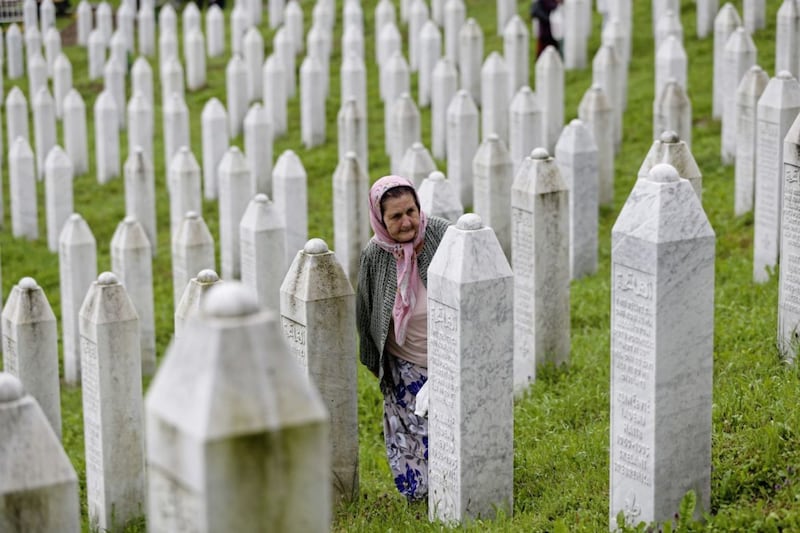THE eleventh of July holds a certain resonance in Northern Ireland, thanks to its association with the annual loyalist jamboree of bonfires, Buckfast, tyre burning and towering infernos of pallets.
Twenty-two years ago, on July 11 1995, tensions were particularly high.
Months of 'peace processing', with various initiatives from the British and Irish governments and the involvement of US President Bill Clinton, seemed to have run into the sand.
The air was heavy with arguments over subjects such as the release of paramilitary prisoners and IRA decommissioning, and the tinderbox atmosphere was fuelled further by secretary of state Patrick Mayhew's decision at the start of July to release from prison paratrooper Lee Clegg.
He had been convicted of the murder of Karen Reilly, an 18-year-old Catholic, and his release sparked rioting in nationalist areas.
Meanwhile, violent flashpoints were emerging around loyal order parades in areas such as the Ormeau Road in Belfast and Bellaghy in Co Derry.
In Portadown, in what would go on to become the era's most notorious parades dispute, there was a stand-off at Drumcree.
The RUC had refused Orangemen permission to march from the Church of Ireland church at Drumcree to the centre of Portadown along the mainly nationalist Garvaghy Road, and the ripple effects were being felt across the north.
With the stand-off entering its third day, and 10,000 Orangemen gathered at Drumcree, a compromise of sorts was reached and, on July 11, the parade was allowed to continue along Garvaghy Road.
An enduring image of that day is David Trimble, then the Ulster Unionist MP for the area, and DUP leader Ian Paisley accompanying the parade into Portadown, clasping hands and punching the air in a jigging gesture of triumph; three years later, Mr Trimble was holding hands with Bono and John Hume, and denounced by Paisley as a Lundy, but that's a different story...
As that moment in our excruciatingly parochial conflict was being played out on July 11 1995, on the other side of Europe genocide was being perpetrated.
In the single greatest atrocity on European soil since the Second World War, 8,372 men and boys - fathers, husbands and sons - were massacred by Bosnian Serb forces in Srebrenica.
That date and its events are in my mind because I write this column in advance of a visit to Srebrenica, accompanying a delegation travelling under the auspices of the Remembering Srebrenica charity.
Part of its work is to organise events that mark Srebrenica Memorial Day, which is commemorated on July 11.
I was still at school when the civil war that ripped apart Yugoslavia started in 1991. By 1993, Srebrenica was one of the half-dozen towns in Bosnia where Muslims were besieged by Serb forces.
Between then and 1995, United Nations peacekeepers from Canada and Holland attempted to defend the town, in ever diminishing numbers.
Despite pledges of support from the international community, by July 1995 just 400 lightly armed Dutch peacekeepers were left in Srebrenica.
Seizing their opportunity, the Serb forces launched an attack on the town on July 6; the Dutch requested Nato air strikes, but were refused.
Eventually, on July 11, air strikes were approved. But by then, it was too late. Srebrenica had fallen.
Thousands of Bosnian Muslim men and boys attempted to escape to safety, but were systematically captured and killed by the troops of General Ratko Mladic, the commander of the Bosnian Serb Army.
More than 8,000 were killed, their bodies dumped in mass graves.
Later, when some of the grave sites were located, the Serb forces dug up the bodies and reburied them, often in multiple sites.
In one case, a victim's remains were uncovered in four different sites, 30 miles apart. Thirteen separate DNA tests were needed to identify them.
The scale of the task of reuniting the bereaved with the remains of their loved ones is enormous; so far, in the Srebrenica area alone, 91 mass graves have been uncovered.
There is a harrowing account from one woman, Hajrija Selimovic, whose husband and two sons were killed in the genocide.
Partial remains of her husband had been recovered, but she hadn't wanted to bury him that way: "They only found his head and a few little bones... I waited, thinking the rest will be found and then everything can be buried at once... but there was nothing else, so I buried what I had."
There are echoes in Hajrija's experience of the stories of those Disappeared by republican paramilitaries during our own Troubles, and there may even be other parallels that can be drawn between Northern Ireland and Srebrenica.
But compared to the suffering of thousands like Hajrija, our local difficulties suddenly don't seem so serious, do they?









